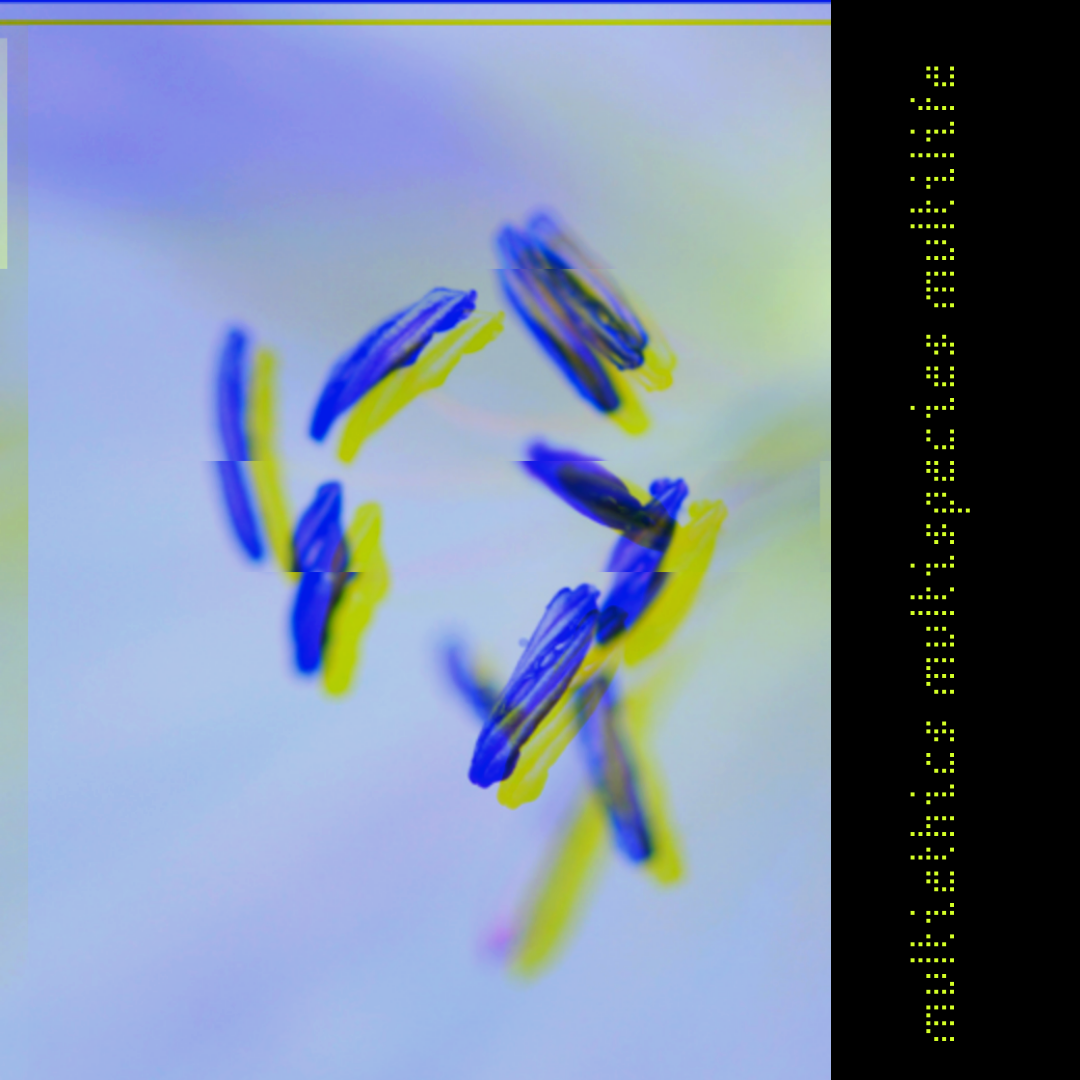
Kate Falvey
Artist Statement: Talking & Listening to Plants
I am a careless and ignorant gardener – more hopeful than effectual, more dreamy than diligent. I marvel at the sumptuous growth in the scanty strips of soil bordering my hundred-year-old bungalow near the sea. Sometimes I’ve resented the renegade English ivy twined with lavish splays of mint, white clover, creeping Charlie, lambsquarter, pigweed, impossible Canada thistle, dandelion, and other spongy, spiky, death-defying weeds. Woody old roses of some sort with talon-like thorns survived the salty waters when the ocean and bay met during a mighty storm. Tiger lilies survived. So did a couple of arborvitae. One lone iris. Some traveling ferns. My favorite dwarf Alberta spruce hung on for a few weeks then crumbled, as did rows of black-eyed Susans. One Susan re-emerged after a year and then gave up. A barberry showed up, as did a clump of purple hydrangeas that seemed quite dead. A bit of thyme and lavender poked through the refuse but then, like the Susans, gave up their fragrant ghosts.
Now, the thing is, I had a long love/hate relationship with those weeds, though I rooted for the few more desirable plants that managed to breathe through the intensity of the tangle. At one point, my daughter had to bushwack through a jungle of overgrowth to wheel out her bike. I ceased being embarrassed and became oddly weed-proud, claiming a witchiness I hadn’t really earned. (I’ve always been interested in poisonous plants and herbology but have done precious little about learning their properties or how to help them grow. A course here and there. A lot of Agatha Christie. Haphazard trial and error with culinary herbs both indoor and out.)
Of course, like all plant-appreciators, I questioned why weeds like clover or dandelion or purslane got relegated (unless they were eaten) to the compost heap or landfill. I don’t have a suburban lawn, so, perhaps, I’ve been more aesthetically charitable and tolerant of supposed intruders. However, the intruders became my “garden” for many years until my friend Betty couldn’t stand the riot anymore. She is a precision-minded, spreadsheet kind of gal – and also a canny, careful, patient, loving gardener, who created a soothing, charming, dog-and-cat-friendly wonderland in her tonier part of town with more ample yard space. She even has orchids as houseplants (mine lasted all of two weeks; only snake plants and pothos survive). So I came home from work one day to find that Betty and her husband, John – the muscle for the deeply rooted – had cleared out the bulk of the weedy profusion and planted some perennials where once there were just clots of quackgrass. Hostas reasserted themselves and new plantings had a chance to see the sun: heuchera, salvia, yellow and pink ice plants, stonecrop, a spindly adorable fig. More lilies. More iris. All in this teeny little foot and a half of border. It’s uncanny enough to be witchy – the way life just grows.
I am entranced by plant names, though my ex argued that stopping in mid-footfall to consult a field guide meant that the moment of looking was lost. Though I love a garden of language (alyssum, delphinium, morning glory, wisteria), there’s something to his “just look and marvel” way of communing with the world that is comforting and enchanting. And trees. I at least want to nod to the trees. They take up so much room and need much more space than a few hundred words, even if I plan and prune and weed.
Kate Falvey's work has been published in many journals and anthologies; in a full-length collection, The Language of Little Girls (David Robert Books); and in two chapbooks, What the Sea Washes Up (Dancing Girl Press) and Morning Constitutional in Sunhat and Bolero (Green Fuse Poetic Arts). She co-founded (with Monique Ferrell) and for ten years edited the 2 Bridges Review, published through City Tech (City University of New York) where she teaches, and is an associate editor for the Bellevue Literary Review.



